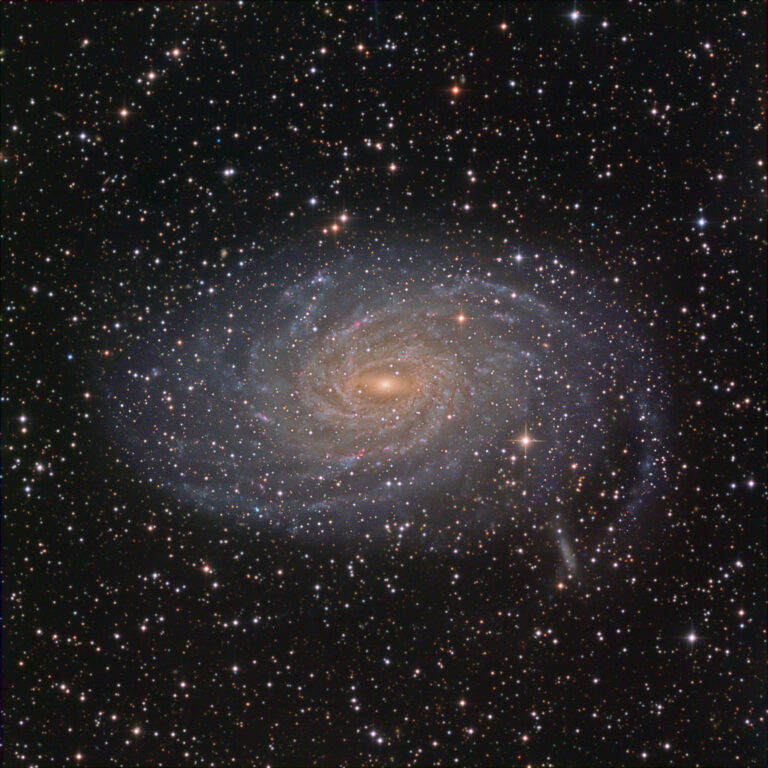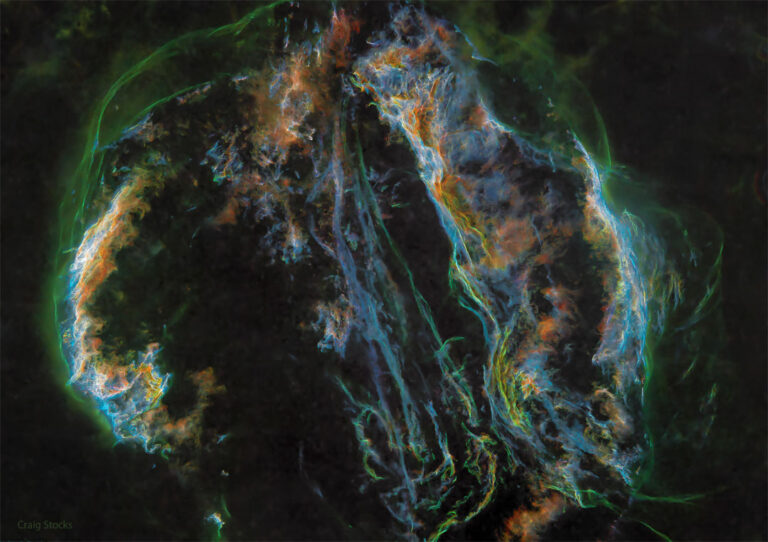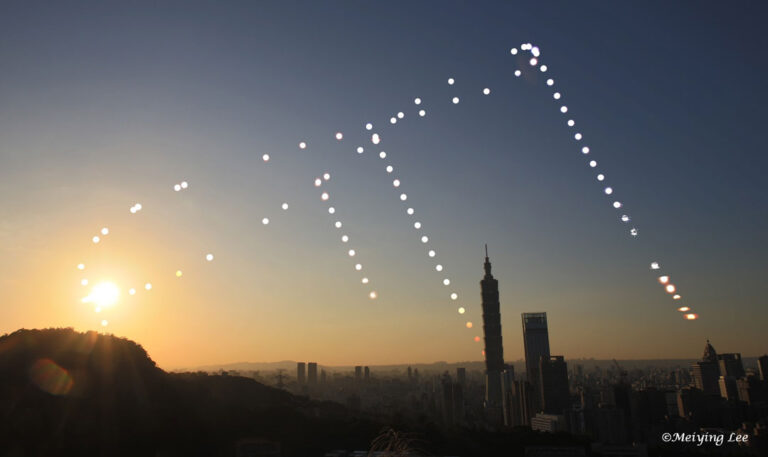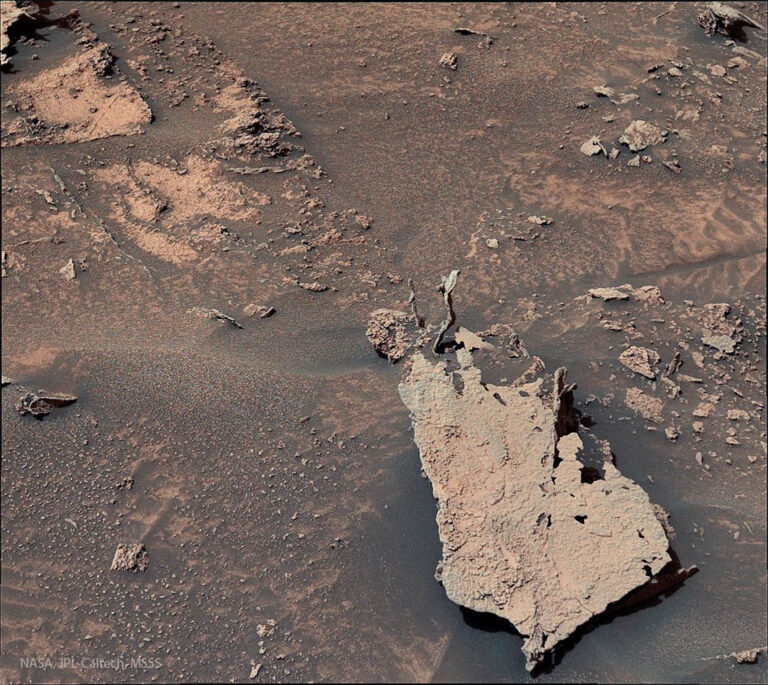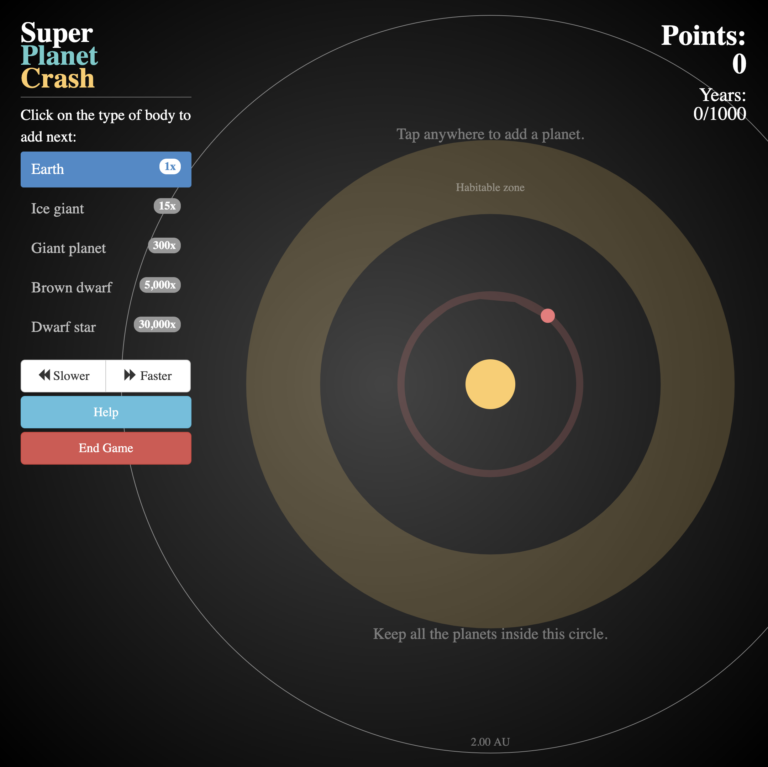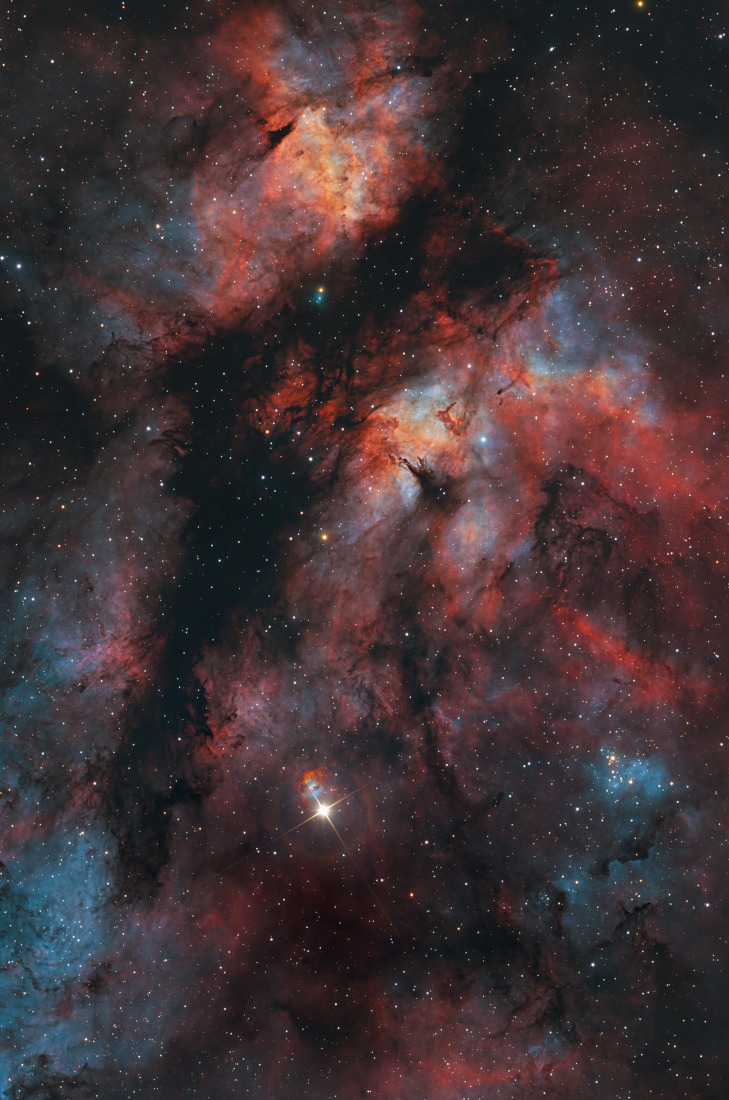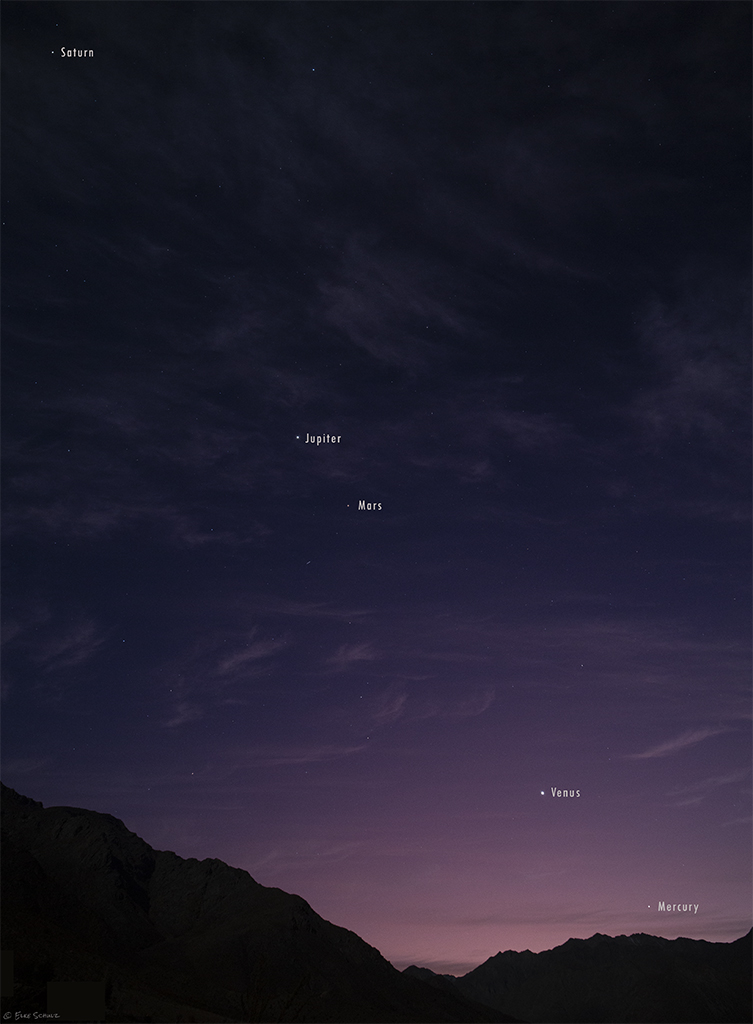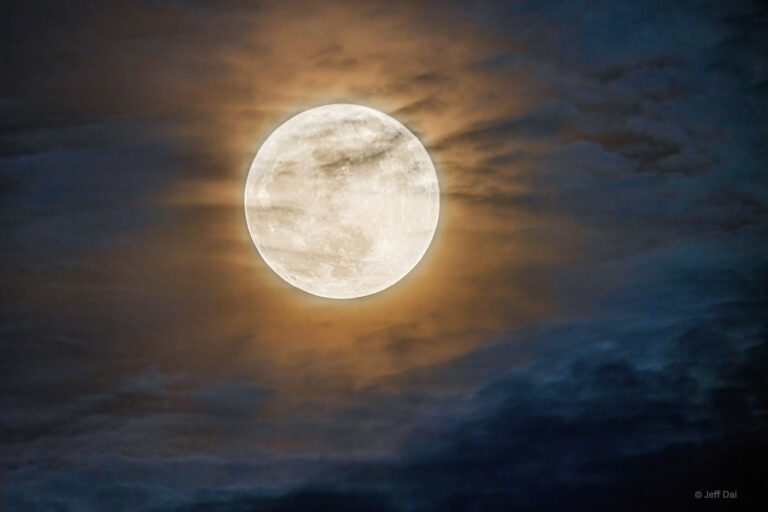太阳西侧临边的条珥
2022年6月24日 Filaprom on the Western Limb Image Credit & Copyright: Martin Wise Explanation: A solar filament is an enormous stream of incandescent plasma suspended above the active surface of the Sun by looping magnetic fields. Seen against the solar disk it looks dark only because it’s a little cooler, and so slightly dimmer, than the solar photosphere. Suspended above the solar limb the same structure looks bright when viewed against the blackness of space and is called a solar prominence. A filaprom would be both of course, a stream of magnetized plasma that crosses in front of the solar disk and extends beyond the Sun’s edge. In this hydrogen-alpha close-up of the Sun captured on June 22, active region AR3038 is near the center of…


